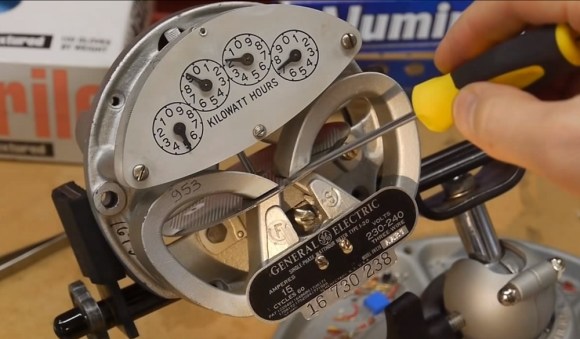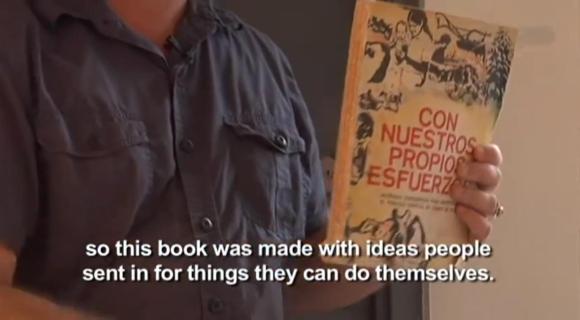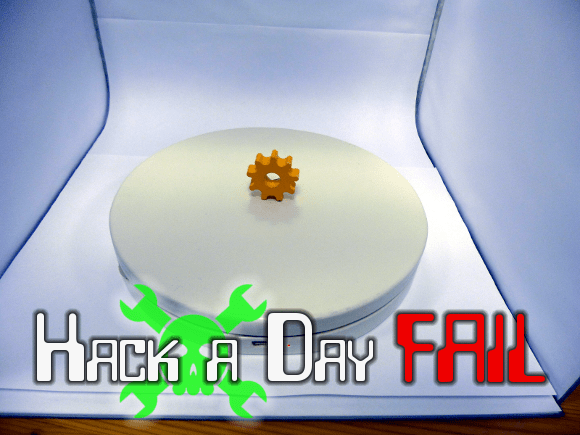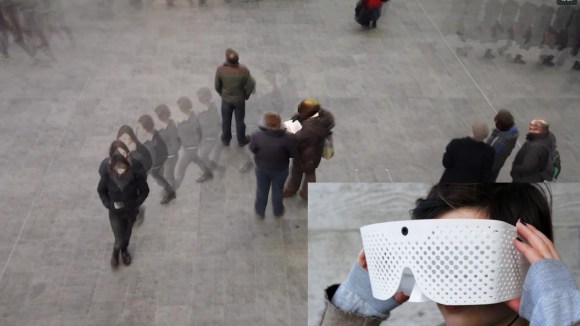
[Ben Krasnow] is back, and this time he’s tearing down a kilowatt hour meter (kWh). While not as exciting as making aerogel at home, or a DIY scanning electron microscope, [Ben’s] usual understated style of explaining things makes a complex topic simple to digest.
These old mechanical meters have been a staple on the sides of houses and businesses since the dawn of commercial power. We always thought the meters were a basic electric motor. Based upon [Ben’s] explanation though, these meters are a complex dance of electromagnetic fields. Three coils create magnetic fields near an aluminum disk. This creates eddy currents in the disk resulting in a net torque. The disk spins, turning a clockwork and advancing the dials.
Why three coils? One is a high turn high gauge voltage coil, and the other two are low turn low gauge current coils. The voltage coil has to be phase shifted 90 degrees to create the proper torque on the disk. Confused yet? Watch the video! [Ben] does a much better job explaining the field interactions than we could ever do in text.
Continue reading “[Ben Krasnow] Explains Kilowatt Hour Meters”
















